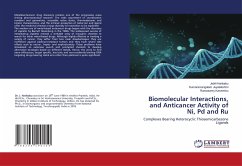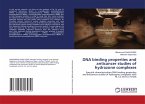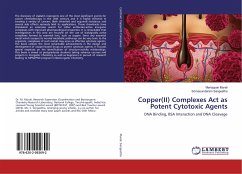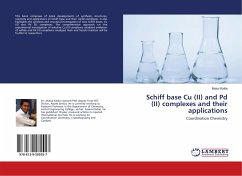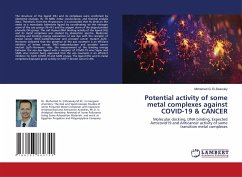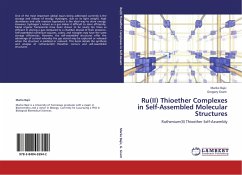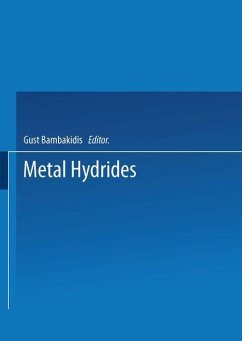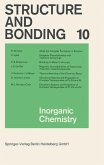Metalloanticancer drug discovery remains one of the progressive areas driving pharmaceutical research. The wide assortment of coordination numbers and geometries, accessible redox states, thermodynamic and kinetic characteristics, and the intrinsic properties of metal ion and ligand offer the medicinal chemist a large diversity of reactivities to be exploited.The modern era of metal-based anticancer drugs began with the discovery of cisplatin by Barnett Rosenberg in the 1960s. The widespread success of metallodrug cisplatin enticed a veritable army of inorganic chemists to search for other metal-based drugs. Although highly effective in treating a variety of cancer, they suffer from two main disadvantages: they are inefficient against platinum-resistant tumors and they have severe side effects such as neuro-, hepto- and nephrotoxicity. These problems have stimulated an extensive search and prompted chemists to develop alternative strategies based on different metals. Hence, the work to find more efficacious, target specific, less toxic and non-covalently binding DNA targeting drugs bearing metal ions other than platinum is quite significant.
Bitte wählen Sie Ihr Anliegen aus.
Rechnungen
Retourenschein anfordern
Bestellstatus
Storno

